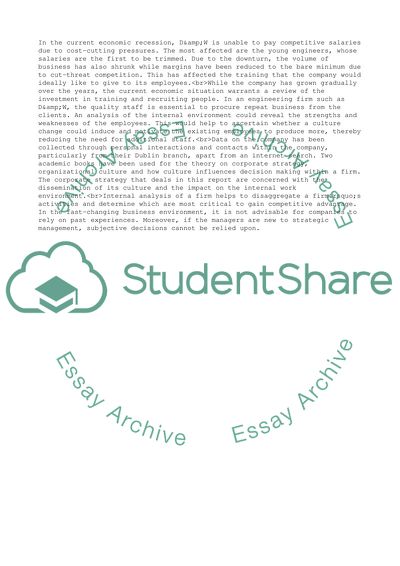Cite this document
(Managing the Internal Environment - Delap & Wellar Consulting Case Study, n.d.)
Managing the Internal Environment - Delap & Wellar Consulting Case Study. Retrieved from https://studentshare.org/management/1731905-business-organisation
Managing the Internal Environment - Delap & Wellar Consulting Case Study. Retrieved from https://studentshare.org/management/1731905-business-organisation
(Managing the Internal Environment - Delap & Wellar Consulting Case Study)
Managing the Internal Environment - Delap & Wellar Consulting Case Study. https://studentshare.org/management/1731905-business-organisation.
Managing the Internal Environment - Delap & Wellar Consulting Case Study. https://studentshare.org/management/1731905-business-organisation.
“Managing the Internal Environment - Delap & Wellar Consulting Case Study”, n.d. https://studentshare.org/management/1731905-business-organisation.


